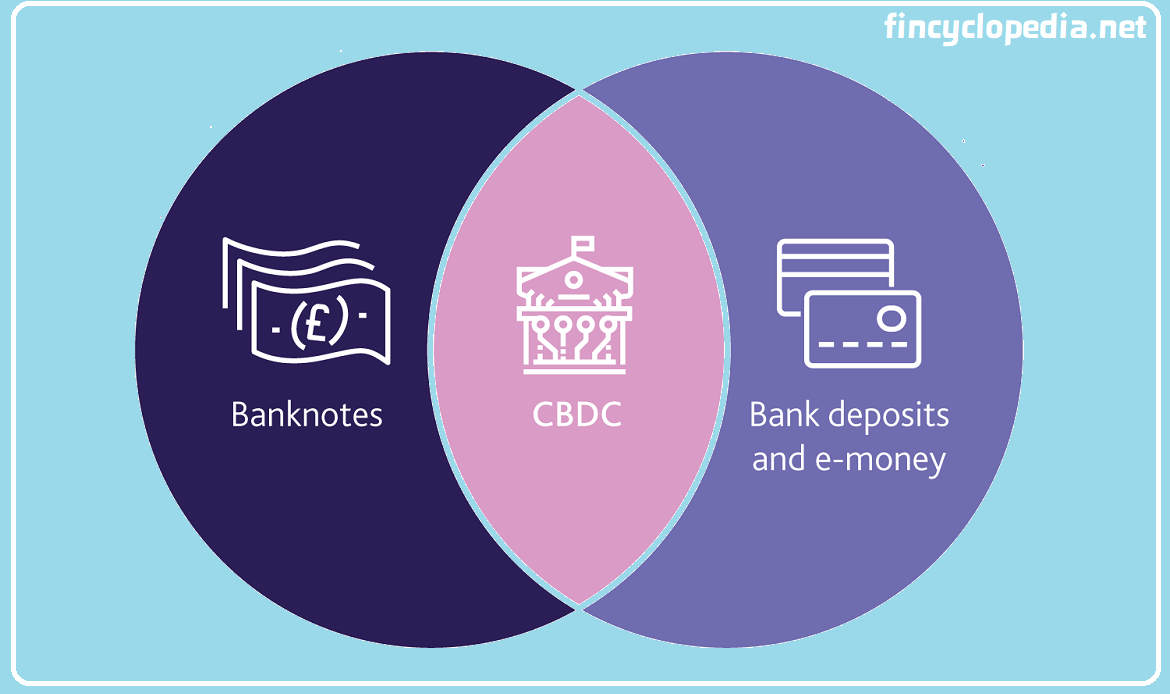A ratio (capital ratio) that relates a bank’s capital against its assets. It measures a bank’s common equity tier 1 capital (CET-1) as compared to its risk-weighted assets (RWAs), in order to establish its ability to tolerate financial distress. CET-1 is the highest grade of a bank’s regulatory capital, as it has the ability to absorb losses instantly as/ when they arise. It is the sum of common shares (or its equivalent), stock surplus, retained earnings, other comprehensive income (OCI), qualifying non-controlling interests and regulatory adjustments.
In calculation, the CET-1 ratio excludes items such as preferred shares and non-controlling interests from the total tier 1 capital. Typically, bank capital requirements are expressed in terms of the CET-1 ratio. For investors and clients, the CET-1 ratio is also the main capital ratio used to assess a bank’s solvency.
It is also known as tier-1 capital ratio or common equity tier-1 capital ratio.





